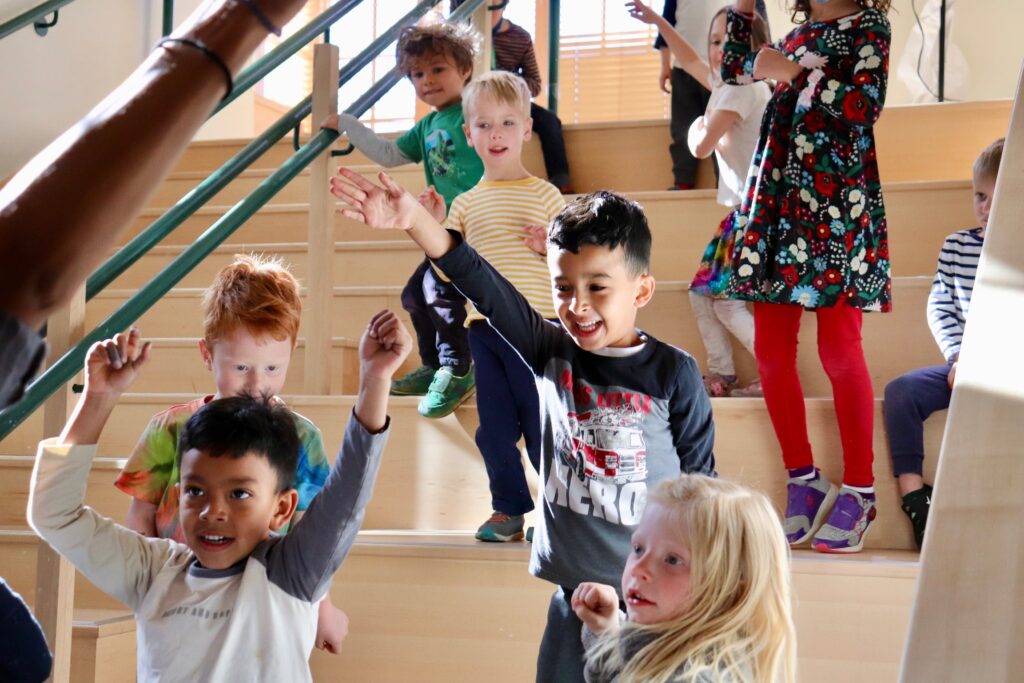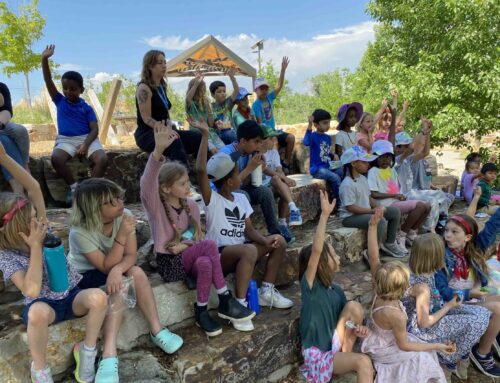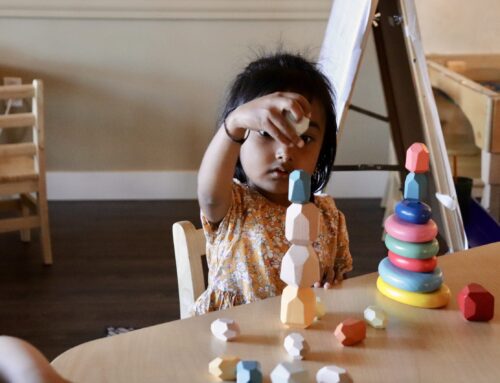Multi-Aged Learning – A Holistic Approach to Child Development

At Compositive Primary, as an expression of our whole-child, strengths-based program, students learn in multi-age classrooms. A compelling body of research supporting this model outlines why children are more likely to thrive, academically and socially, in classrooms organized along broader developmental continuums, as opposed to the more common and traditional structure of grouping students purely by chronological age.
The advantages of multi-age classrooms, including:
Personalized Learning:
Providing children with a broader developmental continuum enables students to advance as their interests and skills develop. Similarly, teachers can provide additional support when and as needed. We know children develop physiologically in leaps and spurts, which is also true of their academic and social development. Multi-aged classrooms accommodate students’ learning progression in a manner consistent with the ebbs and flows of child development.
Continuity of Instruction:
Having the same teacher for more than one year provides continuity of instruction. Teachers begin their second year with a child familiar with their needs and equipped with known strategies about how each child learns. Instructional goals can be resumed and updated based on a keen knowledge of each child’s progress and needs.
Easier Transitions:
Evidence confirms that children make transitions easier when they are already familiar with classroom procedures and expectations. The continuity of spending more than one year in a classroom enables children to engage more fully in instructional activities, having mastered how the classroom functions.
Socialization:
Learning is a social act; children learn as much from each other as they do from their teachers and the curriculum. Studies indicate children are more likely to share, take turns, and care for each other in classrooms with a broader spectrum of ages. The dynamics of a multi-aged classroom provide children with a wider range of friendships and increased opportunities to lead and learn from each other.
At Compositive, classrooms are multi-aged, and the daily interactions at school promote children knowing and interacting with the full range of their school peers. The Afternoon Arc (Aftercare) and Friday Community Meetings exemplify this joyful dynamic as the older students support and encourage the younger as they share their learning. The younger students get to see what their older classmates have been learning. Students sing together, know each other, and look up to and out for each other. It is children interacting with each other in the most natural, holistic, and wholesome way.
Research and Resources:
https://files.eric.ed.gov/
https://www.aasa.org/
https://www.d41.org/cms/lib/








